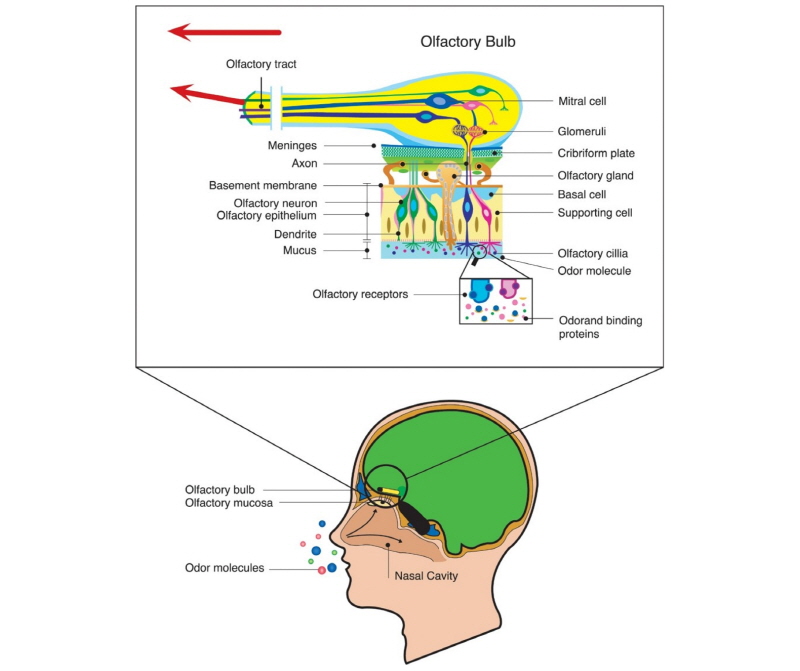Abstract
The colors of packaging of herbicides and non-selective herbicides on the market in Korea are defined as brown and red, respectively, according to the notification of RDA. The present study aimed to understand consumer’s electroencephalographic (EEG) response when looking at brown and red colors of herbicide and non-selective herbicide packaging papers. The EEG cap was placed on the scalp of each participant (men and women, 10 to 20 years old) and white (control) - brown - white - red colors were sequentially displayed for 5 seconds using the computer monitor. The EEG was measured and statistical analysis was performed using SPSS. For the brown color of the herbicide, men showed a decrease in concentration and a distracting response due to a decrease in the ratio of mid beta to theta (RMT) and the spectral edge of frequency (SEF90). In women, an increase in the ratio of SMR to theta (RSMT) and the spectral edge frequency 50% of the alpha (ASEF) was observed in different brain regions and these EEG changes may enhance the relaxation, stabilization and awakening states of the brain. For the red color of the non-selective herbicide, ASEF increased psychological stability in men. In women, a decrease in absolute high beta (AHB) may associate with a decrease in attention state of the brain. Overall data of the present study clearly revealed that the colors of two herbicides showed significantly different EEG response and gender difference.
Figures & Tables

Fig. 1. Schematic drawing of the olfactory system. Redrawn with a permission from the corresponding author Antonio C. Silva Ferreira (Silva Teixeira et al., 2016).


